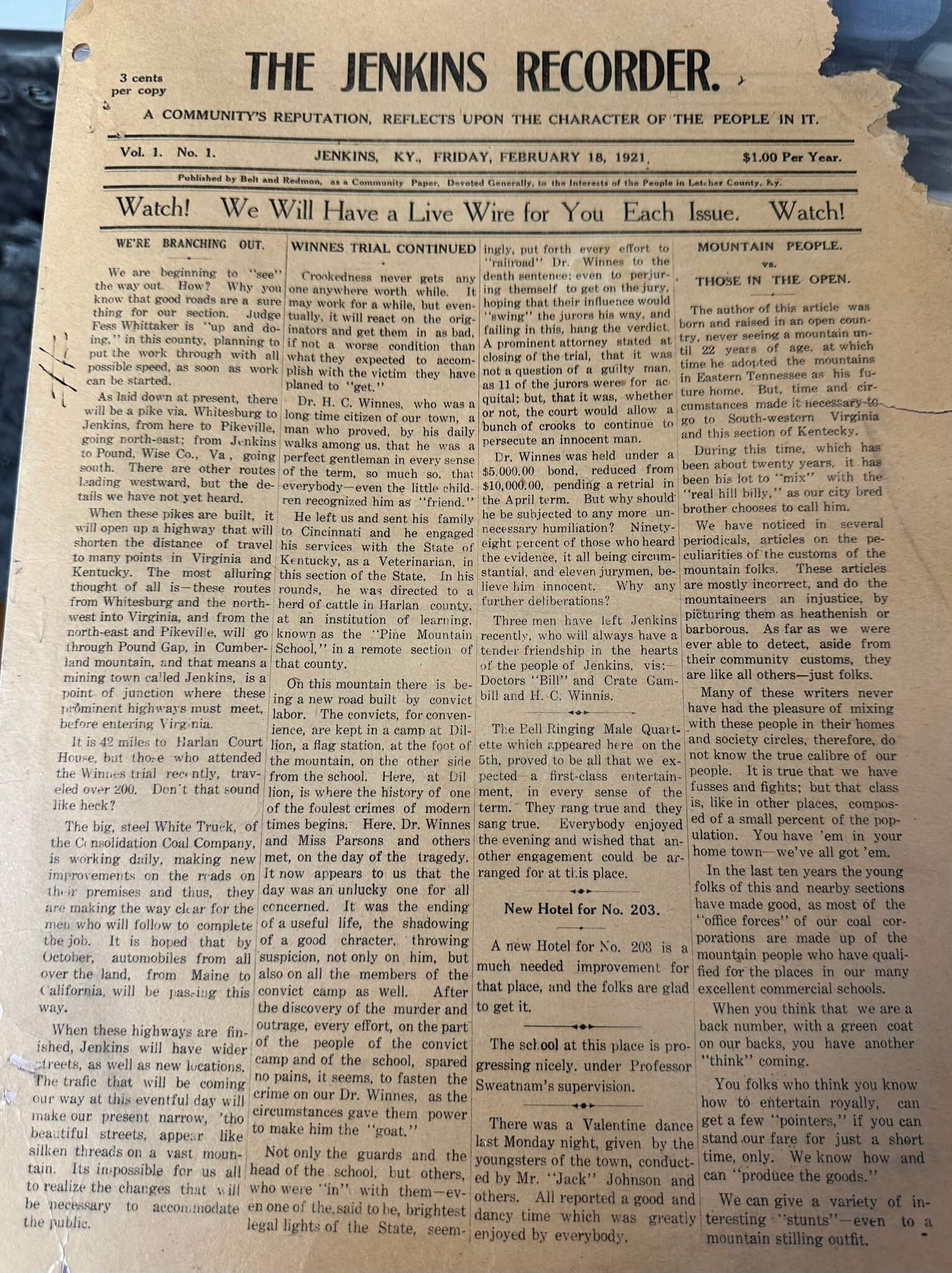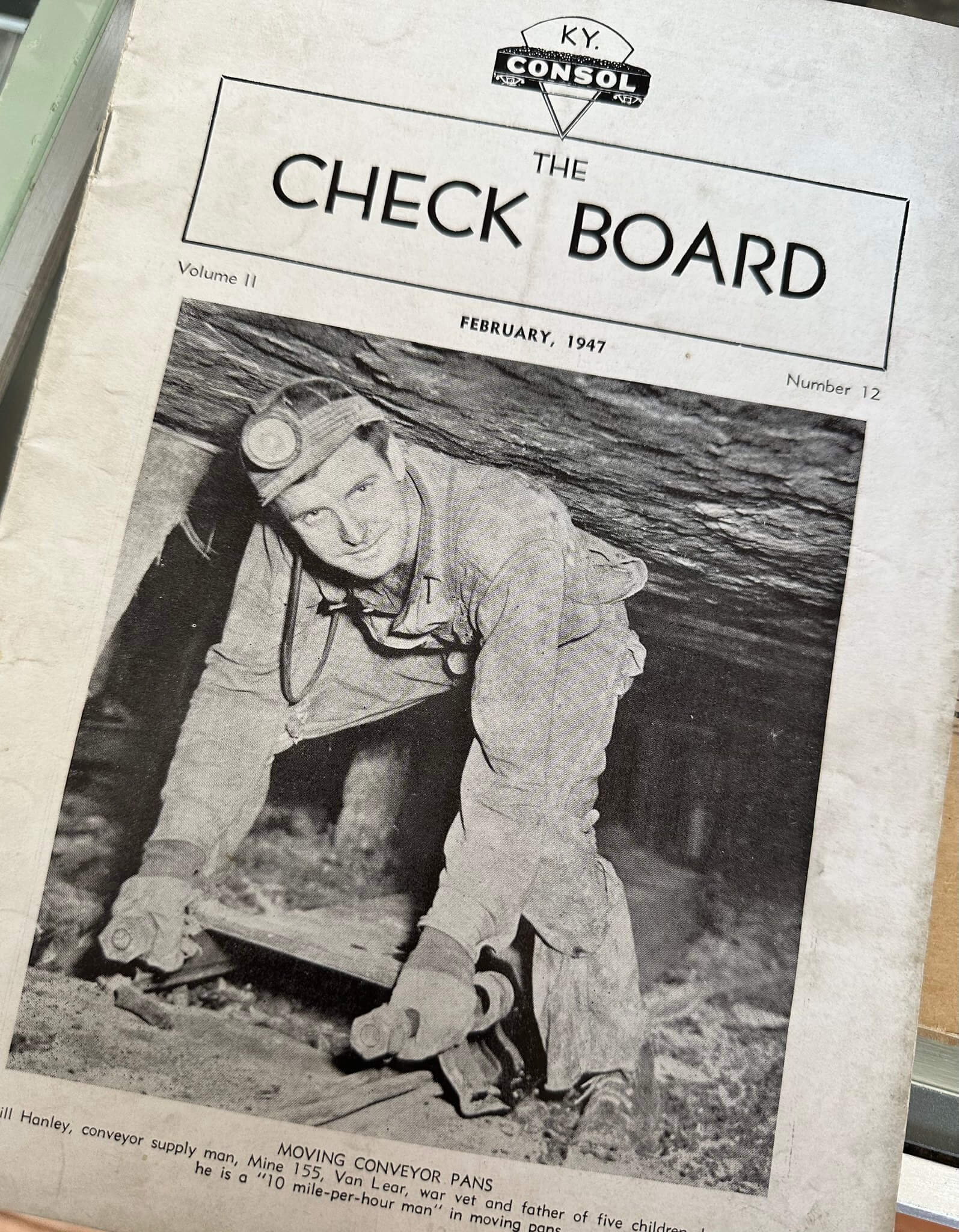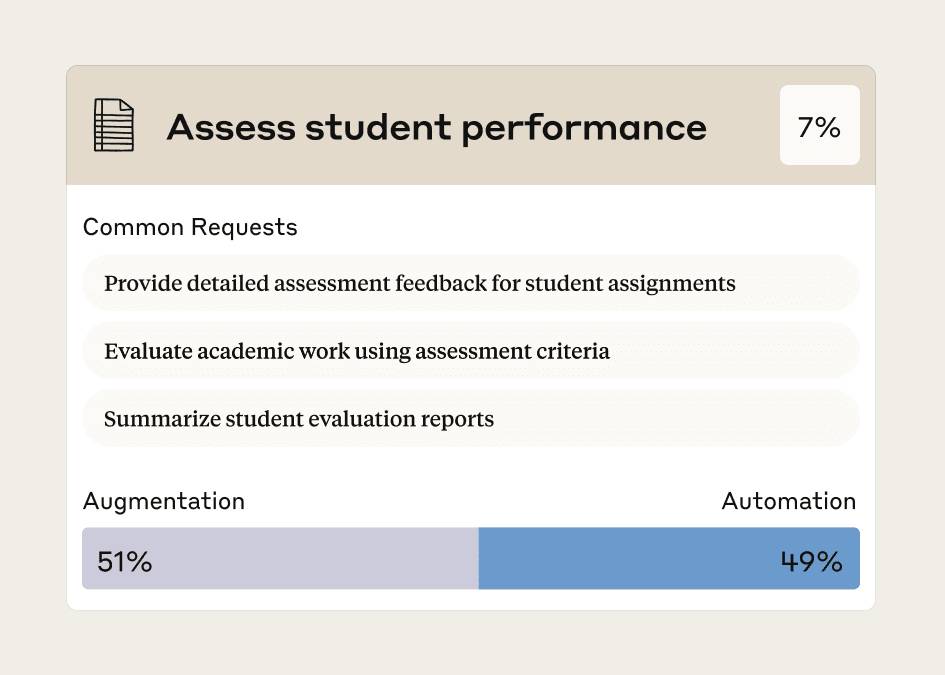
Appalachian History On winter mornings in the early 1920s, coal dust hung over Jenkins, Kentucky, while miners and store clerks climbed the steps of the big recreational building to buy their paper. Upstairs, on the second floor of that four story complex, a tiny shop ran the town’s one newspaper, the Jenkins Recorder.






